Since the full screen became popular, the screens of mobile phones have become larger and larger. There are fewer small-screen mobile phones on the market. The iPhone 12 mini was newly launched last year. The mini-screen flagship mobile phone has not received a good market response. Why does this happen? Is it because there are fewer small screen users? Does it still make sense to produce a small-screen flagship phone now?
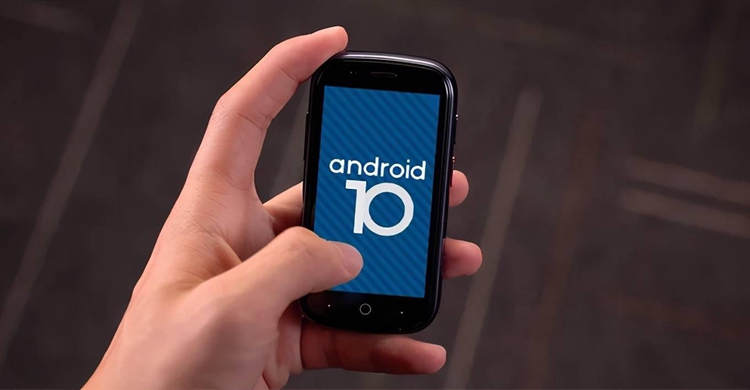
With the rapid development of mobile phones, the functions of mobile phones are no longer limited to making calls and receiving text messages, but also adding more entertainment experiences, such as watching videos and playing games, in order to make these entertainment experiences more comfortable and enjoyable and have a good view experience, the need for a larger screen is naturally born. Based on this demand, the screen of the mobile phone has also begun to develop in a larger aspect. The introduction of full-screen technology has also accelerated the pace at which the screen becomes larger.
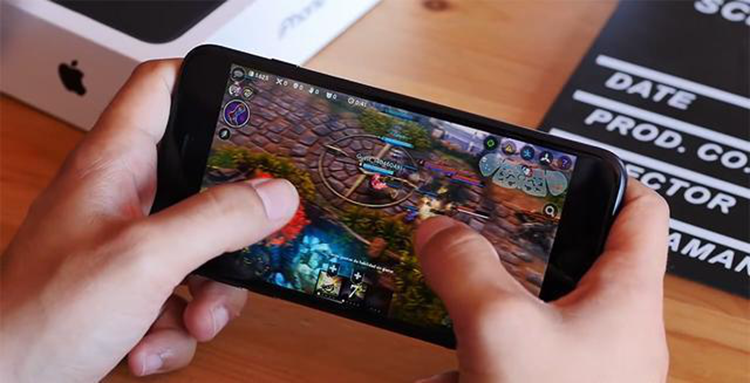
The main reason for the birth of a full-screen solution is that people need a larger screen, hoping to maintain a comfortable grip, and bring a larger screen performance within a limited body size, so the comprehensive screen solutions will follow. But this also brings a problem. If we keep the original small screen size, the size of the mobile phone will inevitably become smaller, and this will also make our original comfortable holding body become the small size that less comfortable.

At the same time, a smaller body means that the space for placing components inside the phone becomes smaller, and this also means that the layout of the phone needs to be redesigned when designing, fully considering how to place the battery and how to place the camera. How to ensure the perfect insertion of these components on the basis of achieving the same function, and this also means that additional costs or R&D investment become higher.
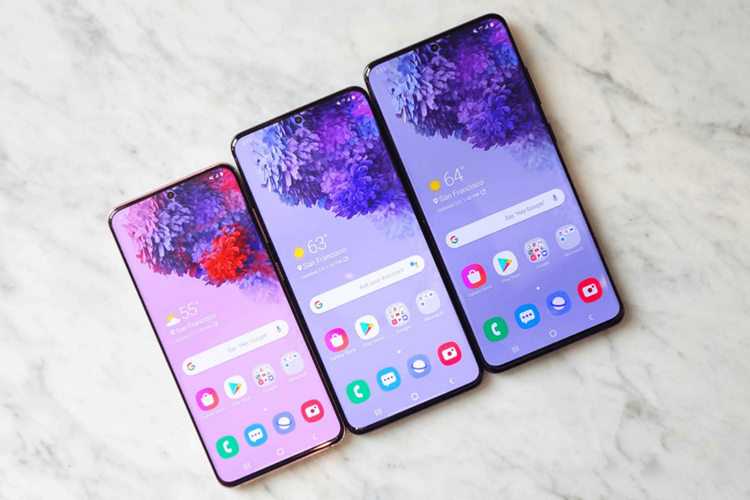
In addition to the placement of components, the design of small-screen mobile phones also needs to take into account the difficulties of the current mobile phone, such as the most troublesome battery life issue. The small size means that the battery capacity that can be placed will be smaller, and what is the first to consider is the battery life issue, but the facts tell you that the battery life issue is not optimistic. For example, the 5.4-inch iPhone 12 mini just released last year, the avalanche battery life caused a large group of people to dissuade.
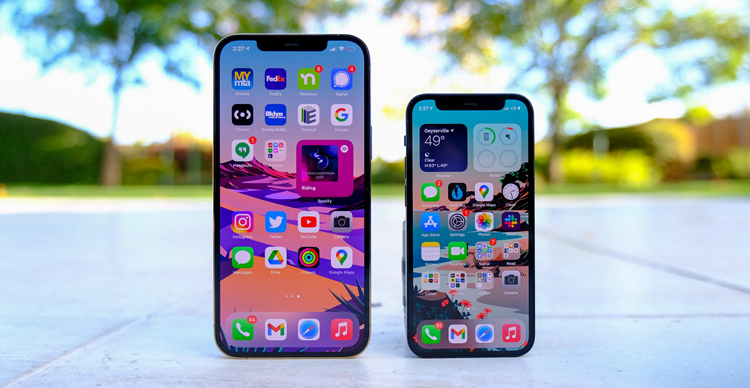
In addition, the functions of mobile phones continue to increase, such as rear-mounted multi-camera lenses, stereo dual speakers, heat dissipation panels, and so on. The addition of functions or devices will make mobile phones with small screen sizes more and more difficult to make while maintaining a small body. Therefore, this has also intensified the pace of mobile phone manufacturers abandoning small-screen phones in favor of large-screen phones that are relatively easier to make.
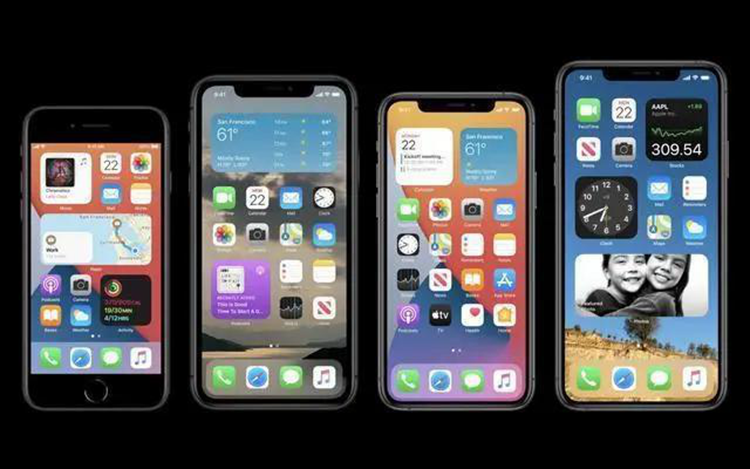
Looking at the current mobile phone market, the screen size of mobile phones is basically 6 inches or more, and mobile phones below 6 inches are basically rare. Except for the iPhone 12 mini, which seems that there is really no suitable small-screen flagship phone. Such as the newly released Meizu 18 and Samsung Galaxy S21’s screen size are also 6.2 inches, the screen of Huawei P40 is 6.1 inches, and the screen of Sony Xperia 5II is 6.1 inches, and the screen size of these flagship phones has reached 6 inches or more, which is not in the true sense of small screen mobile phone.
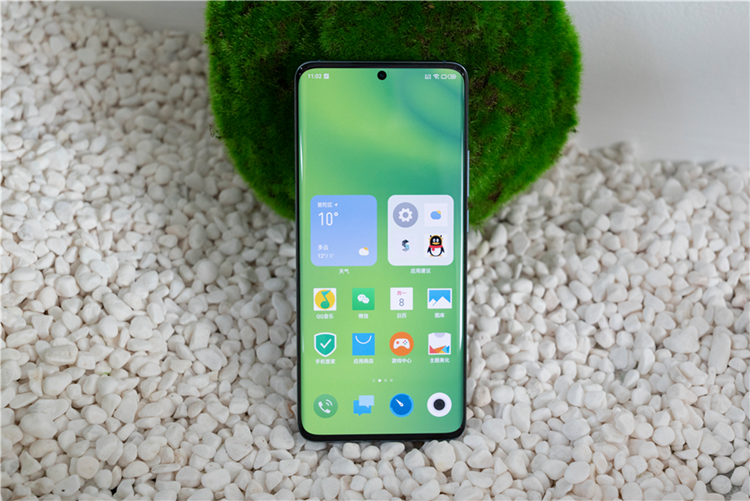
Beginning in 2020, small-screen flagship mobile phones have basically entered a stage of disappearance. By 2021, it will be difficult for us to see small-screen flagship phones in the mobile phone market. Not only flagship phones but ordinary small-screen smartphones. On the one hand, consumer demand for small-screen mobile phones continues to decrease, and on the other hand, mobile phone manufacturers are no longer willing to produce high-cost but low-return small-screen flagship phones.
Is it true that today’s small-screen mobile phones have no advantages and are destined to be abandoned? No, there are still many small-screen mobile phone enthusiasts on the market, such as business people who don’t use mobile phones for entertainment. Their needs are to be able to meet basic business communication, controllable with one hand, easy to carry, easy to operate, and so on. But these demands are not enough to support a flagship-level small-screen mobile phone, so it is doomed that the market share of small-screen flagships is getting lower and lower, which has also accelerated its pace of becoming a stranger.
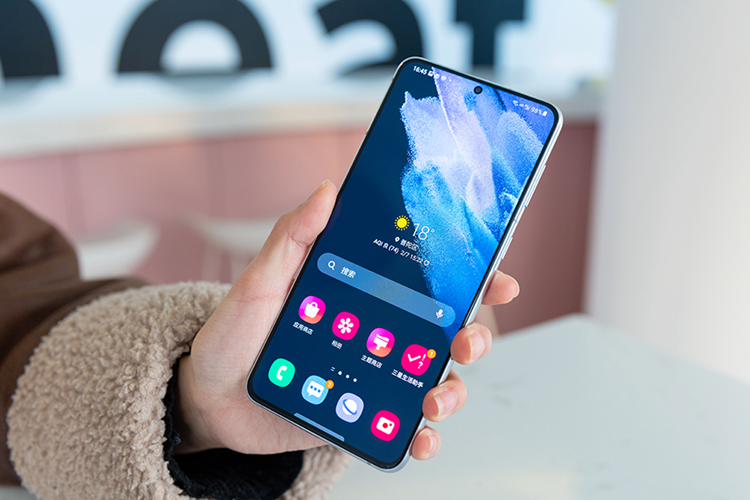
Having said that, if a mobile phone manufacturer really launches a small-screen flagship mobile phone, will everyone still pay for it? What is the maximum acceptable screen size? What functions does it need?
